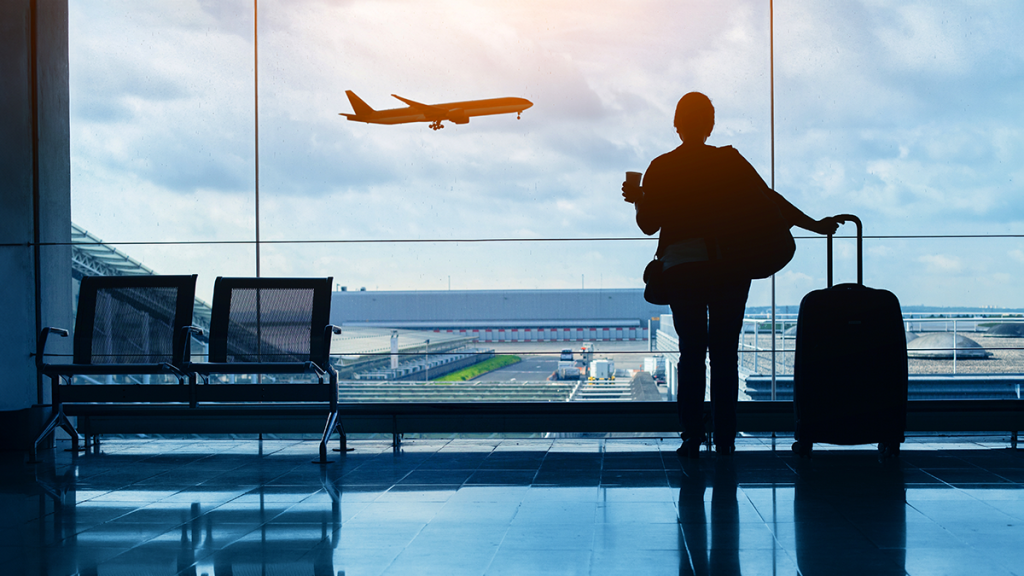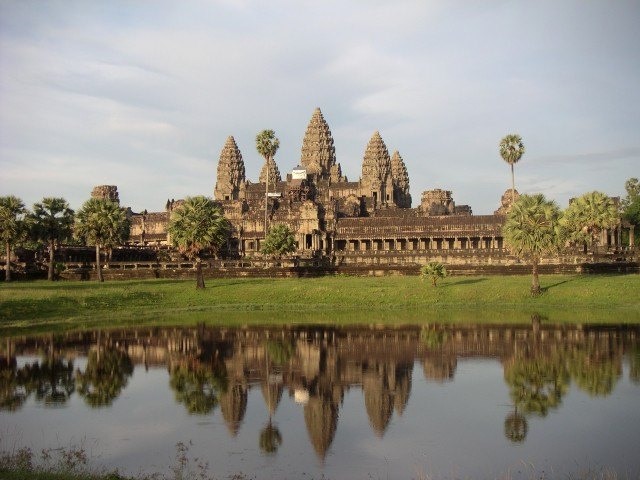Nicosia City in Cyprus
Within the labyrinth of the history, the capital of Cyprus had moved from Salamis to Lapta and then to Larnaca; but the longest duration of being the administration center is possessed by Nicosia. From ancient times to our present day, the name of this wonderful loom of various civilizations had gained many alterations; Lidra, Levkonteon, Kermia, I Hora, Seher, Levkosia, Nicosia and at last, Lefkosai or Lefkosa.
Kyrenia Gate
Porte del Provveditore with its original name stands on the northern part of the circular city wall with its stone tablets dating back to Venetian Era, Ottoman Reign and British Colonial Period telling us the rich past of the city. The wall on two sides of the gate were cut in 1931 and the adjacent roads were constructed. It houses the tourism-information office in the present day.
Arabahmet Mosque
Am imposing typical ottoman monument covered with a large and three smaller domes. Built by one of the conqueror generals of the Ottoman Army, Arab Ahmet Pasha, it dates back to the 17th century. The courtyard houses many important tombs and an octagonal fountain for ablution.
Turunclu (Fethiye) Mosque
Situated very near to the Lidra Street (Lokmaci) Pass, it was constructed by Seyit Mehmet Agha, Ottoman Governor of Cyprus in 1825. Only the minaret could protect its originality after a series of restorations which had also disappeared the ablution fountain.
Iplik Pazari (Haci Ahmet Agha) Mosque
Located near the Great Hamam, it is one of the two mosques in Cyprus with a stone-coned minaret. It was constructed in 1826 and enlarged with some additions in 1899.
Kumarcilar (Gamblers) Khan
In the vicinity of Great Khan, there is another typical khan dating back to the end of 17th century, having 52 rooms in two storeys awaits for its saviour for a restoration.
Ataturk Square and the Venetian Column
Ataturk Square which was known as Konak or Sarayonu Square in old times has a social and commercial importance. The old Lusignan Palace was also in the centre of this square. The Venetian Column (Obelisk) in the centre of the square was brought from Salamis and erected as a symbol of the Venetian Reign in 1550. on top of the 6 meter high granite column, a bronze arb had been placed by the British for replacing the lost St. Mark’s Lion of the Venetians.
Sarayönü Mosque
This Arabian and Moorish style Mosque was designed by an English architect and constructed in 1903. It served as marriage hall for almost 40 years after 1963 and today a mosque again.
Great Hamam(St. George of the Latins Church)
Only the semicircular stone carved gateway had remained to reflect the glorious Lusignan past of the building. It was converted to a typical Ottoman Bath by using the rumbles of the building.
Bedestan (St. Nicholas Church)
Neighbouring the Selimiye Mosque, Bedestan, formerly St. Nicholas Church of the English will charm you with its beautiful Gothic portal. The building has similar peculiarities with the St. Sophia Cathedral.
Lusignan House
Located in the beginning of the street leading to Yeni CAmi, this 15th century Lusignan mansion has a gothic arched entrance having Lusignan coats of arms on top.
National Struggle Museum
The Museum was built over the Barbaro (Musalla) bastion of the city walls located in the courtyard of the Mucahitler Sitesi (Warriors Complex) in Nicosia and it was opened in 1982 and in the building and courtyard, documents documenting the Cypriot Turkish Community’s national struggle which began in 1955 till today, pictures, guns and items are displayed.
Museum of Barbarism
Located in the district of Kumsal in Nicosia, this is where Cyprus Turkish Forces Regiment Doctor Major Nihat Ilhan’s wife, three children and landlord were killed on December 24,1963 by the Greeks in the bloody events started against the Cypriot Turks. The Greek atrocities during the conflict are reflected in the pictures on display at the museum.
Mevlevi Tekke Museum
Former Tekke of the whirling dervishes of the Mevlevi Order houses a mausoleum of the tombs of the old Sheiks, some artefact of this sufic sect and Ottoman tombstones of artistic values. It was a larger complex when it was built in the 16th century. The restorations in 1962 and 2001 left minor originality of the original building.
Dervis Pasha Mansion
The houses is located in Nicosia’s Arabahmet Quarter and was the residence of Dervis Pasha, the owner of one of the earliest newspapers in Turkish, ‘Zaman’ ; on the main door of the mansion the year 1219(1807) can be seen; after an extensive restoration, in 1988, it was opened to the public as the Ethnographicaal Museum. Home furnishings used in the past by the Cypriot people, a composition reflecting the decoration of the aristocratic house, the official clothing of Cyprus’s last Muslim Judge, embroideries and hand crafts are displayed at the museum.
Eaved (Sacakli) House
On the southern side of the Library of Sultan Mahmut, there is a two storeyed mansion with a large courtyard which reflects characteristics of Ottoman civil architecture. Today, it is used as a cultural centre for seminars, conferences, exhibitions and concerts.
Stone Art (Lapidary) Museum
The museum, a building built during the Middile Ages is comprised of a small building and courtyard and is located behind the Selimiye Mosque. The museum was re-opened after being reorganized in 2003 and the most important display in the Museum is the magnificent window, reflective of the flaming gothic style of the Lusignan Palace which was located in today’s Ataturk Square (Sarayonu) and demolished in 1905 by the British Colonial Administration.




